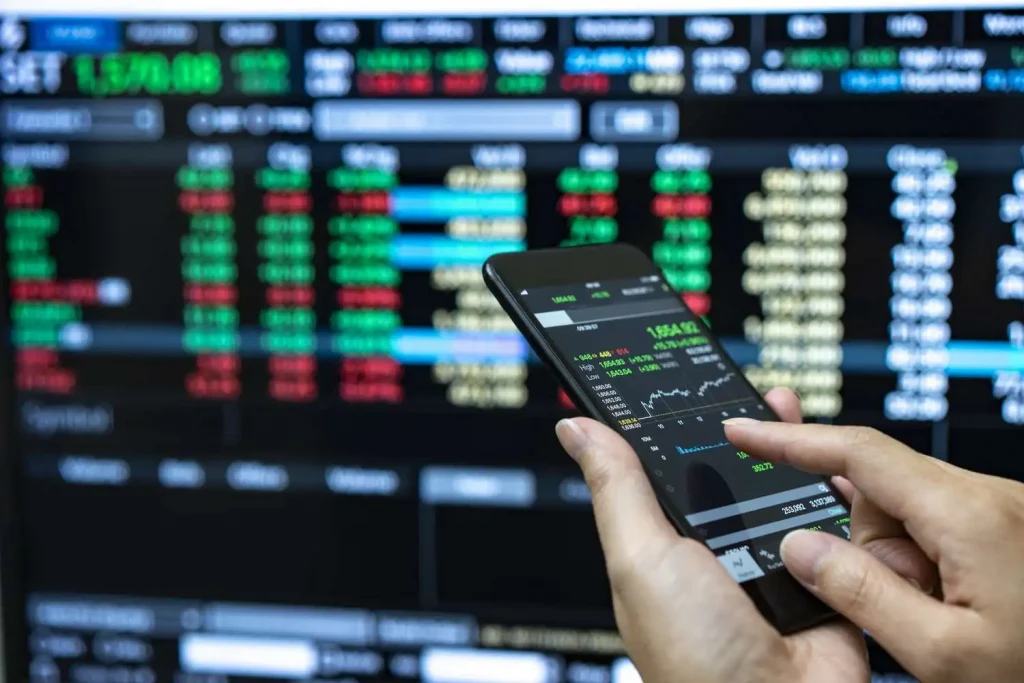Introduction
South Africa’s forex trading ecosystem represents one of Africa’s most sophisticated financial markets. The fx trading profitability mechanism within this region presents unique challenges and opportunities, shaped by local economic factors and global market influences.
The transformation of South Africa’s financial markets since the end of apartheid has created a robust trading environment that attracts both local and international participants. The country’s strategic position as Africa’s financial hub, combined with its developed infrastructure and regulatory framework, provides traders with unique advantages not found in other emerging markets. However, this sophisticated market structure also demands a higher level of expertise and understanding from participants who wish to succeed in the long term.
Market Landscape Overview
The South African forex market operates within a well-regulated framework under the Financial Sector Conduct Authority (FSCA). Trading volumes have shown significant growth, particularly in the USD/ZAR pair, which serves as a primary indicator of emerging market sentiment.
Trading Environment Analysis
| Market Aspect | Local Impact | Global Connection |
| Trading Hours | 9:00-17:00 SAST | 24/5 Global Market |
| Main Pairs | USD/ZAR, EUR/ZAR | Major Currency Pairs |
| Volatility Level | High | Medium-High |
| Regulatory Framework | Strict | International Standards |
Critical Success Determinants
Understanding the fx trading profitability mechanism in South Africa requires attention to several key factors:
- Market-Specific Knowledge
- Currency Correlation Understanding
- Local Economic Indicators
- Risk Management Protocols
- Capital Preservation Strategies
The South African trading environment presents unique characteristics influenced by commodity prices, particularly gold and platinum. This relationship creates distinctive trading opportunities but also requires specialized knowledge of commodity market dynamics.
Capital Requirements and Account Structure
Essential considerations for South African traders:
- Minimum starting capital: R10,000
- Recommended initial investment: R25,000
- Emergency fund maintenance: 3-6 months
- Position sizing: Maximum 2% risk per trade
- Account buffer: 20% minimum free margin
Risk Management Protocols
Professional risk management in South Africa’s market encompasses:
Stop-Loss Implementation
- Currency pair volatility assessment
- Position size calculation
- Maximum drawdown limits
Trading Psychology and Discipline
The psychological aspect of trading holds particular importance in the volatile South African market. Successful traders maintain:
- Emotional Control
- Strategic Patience
- Risk Awareness
- Performance Documentation
- Continuous Education
Market Analysis Framework
Understanding the fx trading profitability mechanism requires comprehensive analysis:
- Technical indicators adaptation
- Fundamental analysis integration
- Local market sentiment evaluation
- Global market correlation
- Risk assessment protocols
Broker Selection Criteria
Essential features for South African traders:
- FSCA regulation compliance
- Competitive ZAR spreads
- Local banking integration
- Multiple trading platforms
- South African support team

Strategic Implementation Process
Developing a profitable trading approach requires:
- Market analysis proficiency
- Risk management expertise
- Strategic planning capability
- Performance monitoring systems
- Regular strategy evaluation
Conclusion
Success in South Africa’s forex market demands a thorough understanding of local market dynamics, strict adherence to risk management principles, and continuous adaptation to changing market conditions. The fx trading profitability mechanism depends heavily on proper education, strategic planning, and disciplined execution.
FAQ Section
What licenses should South African forex brokers possess?
Brokers must hold FSCA licenses and comply with local financial regulations for legal operation in South Africa.
How does the ZAR volatility affect trading strategies?
The Rand’s volatility requires wider stop-losses and careful position sizing, particularly during major economic events.
What is the recommended trading time for South African traders?
The most active trading period occurs between 9:00-17:00 SAST, coinciding with European market hours.
How does commodity pricing affect forex trading in South Africa?
Gold and platinum prices significantly influence the ZAR’s value, creating unique trading opportunities and risks.
What percentage of South African traders achieve profitability?
Similar to global statistics, approximately 10-15% of South African traders achieve consistent profitability.














